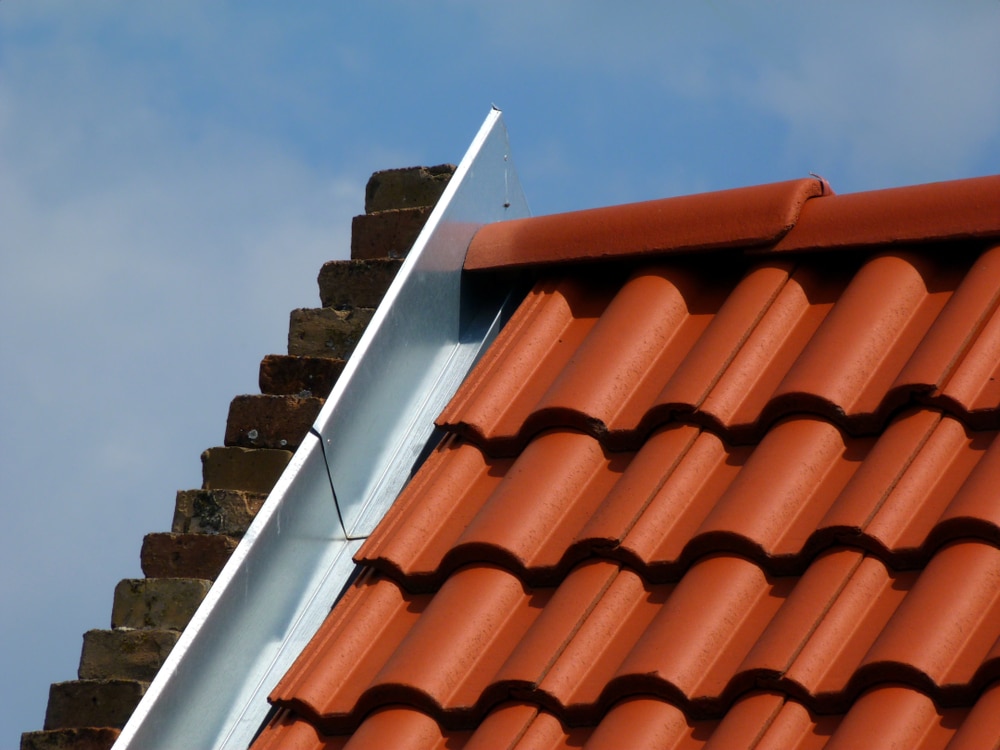
Modern roofing is a fascinating field within the construction industry. Among the unsung heroes of this evolution is roof flashing, a critical yet often overlooked component. Roof flashing can make or break a roof installation, extending its lifespan by many years. Let’s delve into everything you need to know about roof flashing and its importance.
What Is Roof Flashing?
Roof flashing is a material used to create waterproof barriers wherever there are protrusions on your roof. It seals the edges of skylights, chimneys, and vents, ensuring that water is directed away from these vulnerable areas.
What Is Roof Flashing Made Of?
Roof flashing comes in various materials, each with unique properties. Commonly used metals include copper, stainless steel, and aluminum, but plastic and composite materials are also options. Copper is often considered the gold standard due to its durability and adaptability to temperature changes, though other materials can also be effective.
The Different Types of Roof Flashing
Base Flashing
Base flashing is commonly found where the roof meets vertical surfaces like walls or parapets. It is usually covered by shingles, making it hard to see, but it plays a crucial role in preventing water infiltration at these junctions.
Counterflashing
Counterflashing adds an extra layer of protection by covering the exposed parts of base flashing. It ensures water cannot penetrate behind the base flashing, providing a robust defense against water intrusion.
Step Flashing
Step flashing is used along the sloped parts of a roof where it meets walls, chimneys, or dormers. It comes in L-shaped sections that overlap, creating a step-like pattern. This type of flashing often remains visible and can be finished to match the building’s exterior.
Apron Flashing
Also known as continuous flashing, apron flashing covers the base edge of roof protrusions like chimneys and vents. It directs water into gutters, preventing accumulation and potential leaks at these critical points.
Valley Flashing
Valley flashing is used where two roof sections meet, forming a valley. It channels water down the valley to the gutter, preventing water from seeping into the roof deck and causing damage.
Diverter or Kickout Flashing
Diverter flashing, or kickout flashing, is installed where the roof meets a wall. It prevents water from running down the wall and directs it back into the gutter, protecting the wall from water damage.
Drip Edges
Drip edges protect the roof’s edges by channeling water into the gutter system. They prevent water infiltration at the roof’s edge, reducing the risk of rot and water damage to the building’s exterior walls.
The Importance of Roof Flashing
Roof flashing is vital for maintaining a watertight roof. It protects the roof deck from water damage, which can significantly shorten the roof’s lifespan. Additionally, roof flashing helps improve a building’s energy efficiency by preventing air leaks, aiding in the effectiveness of heating and cooling systems.
Discover Your Local Roofing Experts
Roof flashing is just one component of a complex roofing system. Designing and building high-performance roofs require expertise and precision. Hiring professional roofing contractors is crucial to ensuring your home’s roof stands the test of time. They have extensive knowledge and experience in all aspects of roofing. Whether you need a new roof or maintenance services, professional contractors can provide the quality and reliability you need.
